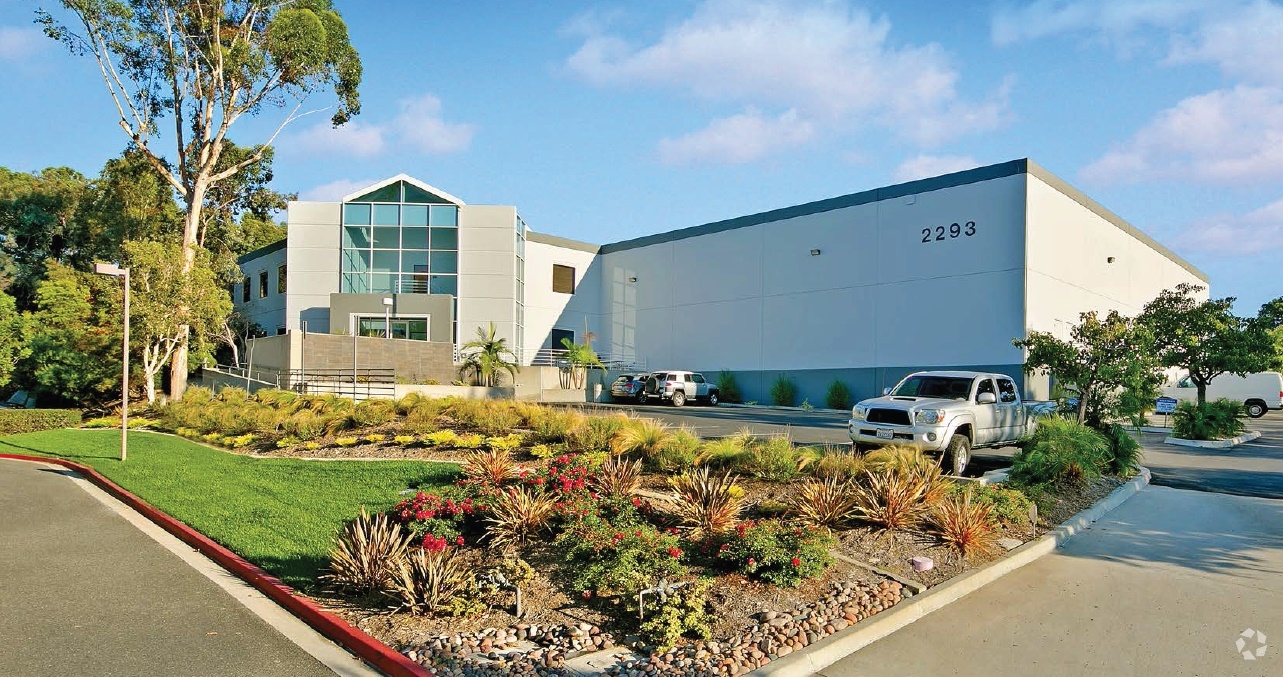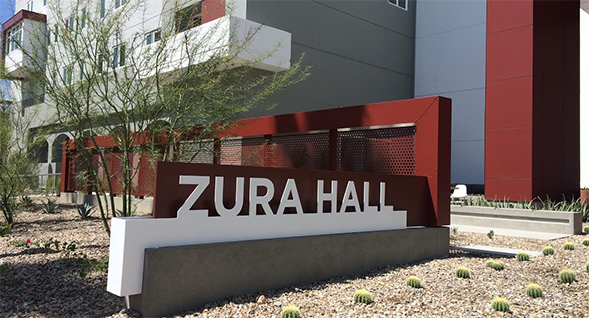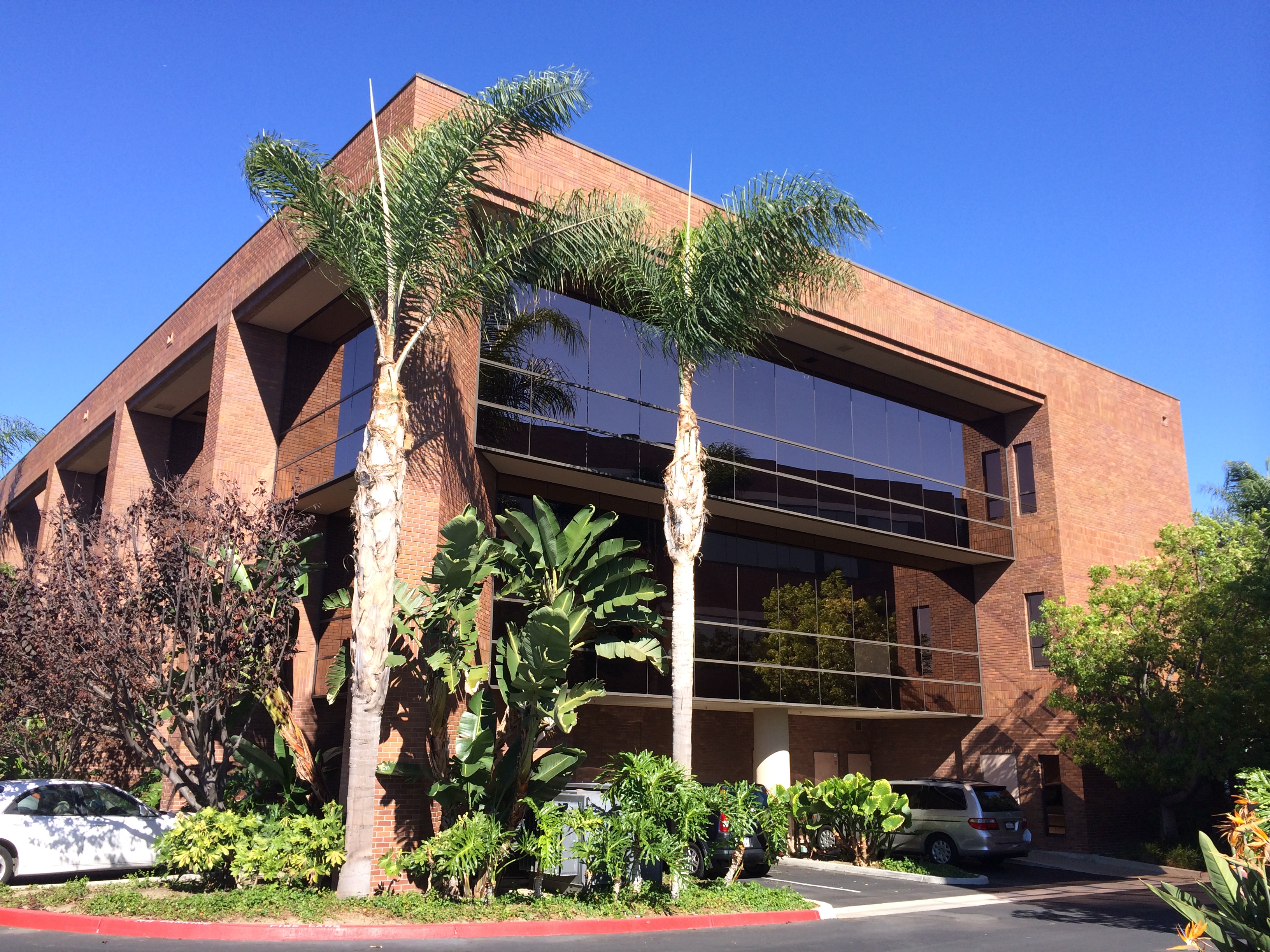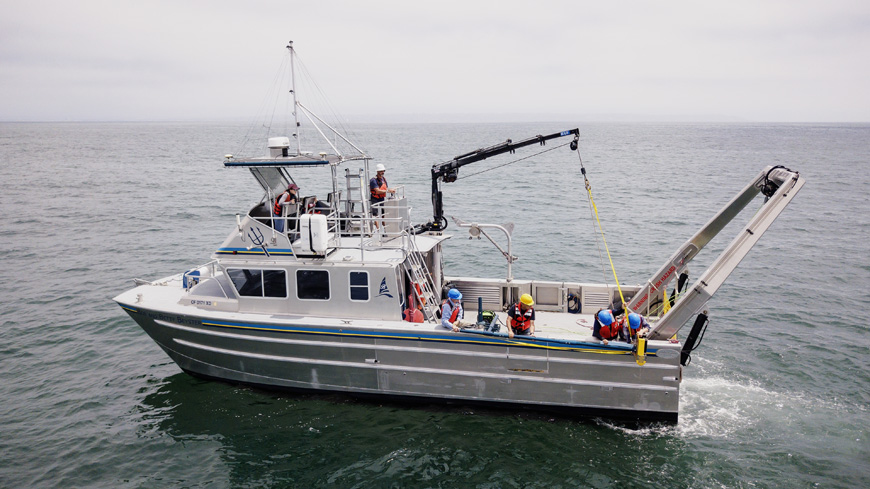Daily Business Report-Nov. 10, 2015
Severe Housing Shortage Threatens
San Diego Region’s Economic Growth
The San Diego region’s housing shortage has become acute, with the region failing to develop the number of multifamily and single-family homes needed by 2020 to accommodate population growth.
That’s according to a study by Gary London of The London Group that was released Monday by the San Diego Regional Chamber of Commerce.
Of the required annual growth numbers, only 64 percent of single-family homes and 44 percent of multifamily units have been added in the region, according to the study.
“In San Diego, we grapple with being one of the nation’s least affordable housing markets. Housing in San Diego is expensive because of undersupply,” said Jerry Sanders, Chamber president and CEO. “We have known for some time that a lack of housing is a major impediment to the region’s economic health. This new study is a validation as it quantifies just how much we need to do to meet the needs of our growing population.”
The key findings from the study include:
• The region’s substantial housing shortage is getting worse as post housing bubble development (since 2008) has produced a fraction of the housing units required. Multifamily building permits averaged at 3,153 units since 2008, which corresponds to only 44 percent of the units per year that SANDAG expects to be needed. With respect to single-family permits, the figure averaged 2,272 units since 2008, or at 64 percent of the units required annually.
• Between 2010 and 2050, the San Diego region will experience a shortage of single-family homes ranging from 43,388 to 118,602. In addition, in the North County, for every one home that is “moderately” priced in the $600,000 range, there are two homes priced over $1 million.
• Ever changing and highly difficult “regulatory” barriers to building homes in the San Diego region will challenge our ability to provide sufficient housing to accommodate population growth.
London said the findings underscore the critical need to meet existing and future housing demand. The most serious risk: the region would not be able to grow, or even sustain, its employment base.
“Identifying the ways our region is underperforming in terms of housing creation is critical to the future growth and development of our region,” said London. “By issuing this study we are bringing to light the reality that we cannot depend on cities to accommodate growth just because they have it in their plans.”
Workers in Low-Wage Industries
Demand $15 Minimum Wage
Times of San Diego
Fast-food workers and others employed in low-wage industries were joined by union activists Tuesday for a series of protests in Southern California and across the country as part of a continuing campaign for a $15-an-hour minimum wage.
In San Diego, fast-food employees, home care workers, students and faculty were planning to protest outside of San Diego City Hall beginning at 3 pm. The local protests are organized by the Service Employees International Union.
“Income inequality in this country keeps growing,” said Gilda Valdez of the SEIU. “We have to start closing the gap.”
According to organizers, similar rallies were to be held across California and in other states, including Ohio, Florida and Virginia, as part of a nationwide call for $15-an-hour wages and union rights. Union officials say more than 60 million Americans, including 3.2 million Californians, are paid less than $15 an hour.
San Diegans will be able to vote on a minimum wage increase next year. The city and county of Los Angeles have both approved laws raising the minimum wage to $15 an hour by 2020. The statewide minimum wage is $9 an hour but is set to increase to $10 an hour in January.
Some participants in an early-morning rally in Los Angeles said they were demonstrating to press for $15-an-hour wages for all low-wage Californians even though they, themselves, are already scheduled to get it.
Organizers behind Tuesday’s rallies are backing a proposed statewide initiative they hope to get on the November 2016 ballot that would raise the California minimum wage to $15 by 2020 and guarantee full-time workers receive at least six paid sick days per year. A separate proposed statewide initiative would raise the wage to $15 an hour by 2021.
Opponents of the wage increases, including many business groups, have argued that the raises will force companies to lay off workers or boost the prices of goods and services to meet the increased costs.
— With City News Service

San Diego Hat Co. Purchases Carlsbad
Building for its Corporate Headquarters
San Diego Hat Company has acquired a 47,762-square-foot building in Carlsbad for $6.7 million that it intends to use for its corporate headquarters. The building, located at 2293 Cosmos Court, consists of 12,842 square feet of office and warehouse space.
Lee & Associates represented the seller in the transaction — Fred Heitman. Cresa Partners represented the buyer.
UC San Diego Researchers Join
Pancreatic Cancer ‘Dream Team’


In an effort to advance research on pancreatic cancer — one of the deadliest forms of cancer — UC San Diego School of Medicine researchers Andrew Lowy and Tannishtha Reya have been recruited for their expertise in preclinical modeling, clinical trials and stem cell biology to join a “dream team” of international pancreatic cancer researchers.
The three-year, $12-million effort, sponsored by Stand Up To Cancer, Cancer Research UK and The Lustgarten Foundation, will pursue a three-pronged strategy to better understand and reset so-called “super-enhancers” that may be abnormally active in pancreatic tumors. Super-enhancers are bits of DNA that can cause over-expression of genetic signals, fueling cancer cell growth.
“What’s unique about the grant is that it’s a different approach to the disease,” said Lowy, chief of the Division of Surgical Oncology at Moores Cancer Center at UC San Diego Health. “The idea being that you can reprogram pancreatic cancer cells to a different state so they can be less aggressive or you can create new vulnerabilities that can be exploited with combination drug therapies.”
One prong of the dream team will develop new technologies to analyze pancreatic tumor super-enhancers to better understand how they exploit normal regenerative processes. A second prong will investigate how pancreas cancer cells obtain nutrients from nearby normal cells while evading detection by the immune system. A third prong will involve clinical trials with a new class of drugs targeting super-enhancers. The trials are slated to begin in the first year of funding.
Business Seminar to Focus on
How to Pursue Cannabis Careers
Robert Calkin, founder of the Cannabis Career Institute, will lead a business seminar on Nov. 15 about the cannabis industry. It will be held from 9 a.m. to 7 p.m. at the Hilton Garden Inn, 6450 Carlsbad Blvd. in Carlsbad.
Cost for the one-day seminar, that also allows for students to attend any
future class for free, is $349 and includes a seminar manual.
“As the cannabis industry continues to evolve, so too will the business opportunities,” says Calkin. “Our mandate at CCI is to instill cannabis knowledge and help prepare our students to pursue their cannabis career goals.”
Cannabis Career Institute specializes in teaching would-be entrepreneurs
how to navigate the often-murky waters of starting up a cannabis business.
After 15 Years, City Council
Approves O.B. Community Plan
City News Service
The Ocean Beach Community Plan 15 years in the making was approved by San Diego City Council on Monday following a lengthy back-and-forth with the California Coastal Commission.
A sea of OB residents and supporters wearing blue T-shirts emblazoned with the line “Keep the OBcean Attitude” came out to support the plan, had been in the works since 1999 as an update to the 1975 plan under which the community had been operating for 40 years.
City Council unanimously approved the community plan and Local Coastal Program on July 30, 2014. It then went before the Coastal Commission, which made a number of modifications to the council-approved plan that were adopted. The plan was then given the green light by the commission in August.
John Ambert, chair of the Ocean Beach Planning Board, said he only got involved with the community plan process a couple of years ago. He said the OB plan will serve as an example for other San Diego communities looking to make updates.
“It’s a huge opportunity for the city of San Diego to use it as a precedent for other coastal communities that will update their plans in the near future,” Ambert said.
The plan serves as the city of San Diego’s guide for land-use decisions in the Ocean Beach community and is a touchstone for such issues as maintaining the character of the community and employing environmental protections and actions for the coastal enclave.

Grand Reopening Friday
For SDSU’s Zura Hall
A grand reopening will be staged Friday for the renovated Zura Hall, the freshman residence on the campus of San Diego State University. The dedication, from 2 to 4 p.m., is free and open to the public.
Zura Hall first opened its doors to residents in 1968. More than 670 freshmen moved into the residence hall on Aug. 21.
The upgrades include improved infrastructure and systems, renovated interior study, lounch and meeting spaces, improved ADA accessibility, increased sustainability practices and a rooftop terrace.
The residence hall now houses three student communities — the Weber Honors College, Adventures in Surfing and Sustainability and the Pride House.

Blue Hat LLC Purchases Atrium I Corporate Center
Blue Hat LLC has purchased the 28,585-square-foot Atrium I Corporate Center in Carlsbad for $3.9 million from ECP Midwest LLC, and will use 10,000 square feet of the building for its general office uses in early 2016.
The three-story Atrium I Corporate Center, located at 2714 Loker Ave., was constructed in 1990. It was 10 percent occupied at the time of the sale. Colliers International represented the seller.
Personnel Announcements
Amie Edstrom Joins Cavignac & Associates

has been hired by Cavignac & Associates as an account administrator within the agency’s Surety Department.
Edstrom serves as the primary contact at the agency for processing bond requests and servicing all surety customer accounts. Among her essential duties are maintaining client and servicing documents, communicating to the surety department staff all surety company requirements needed to process bonds and other documents, and maintaining control and summary sheets.
Edstrom previously served as the Small Business Administration commercial real estate administrator within the SBA Division of US Bank in Scripps Ranch, where she was employed for four years.
Edstrom graduated from San Diego Mesa College with an Associates Degree in graphic design. She is accredited by the National Notary Association as a California Notary.




